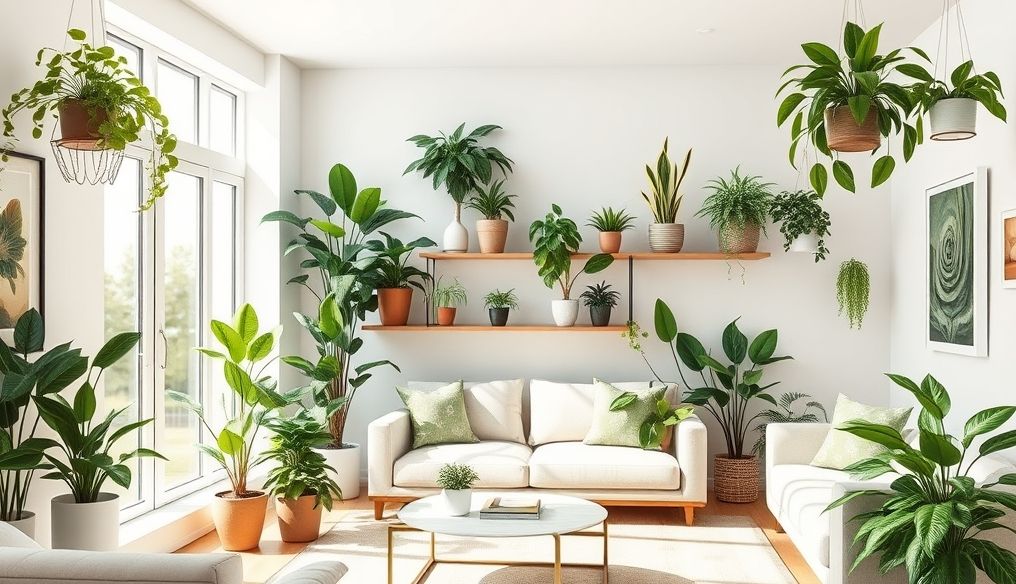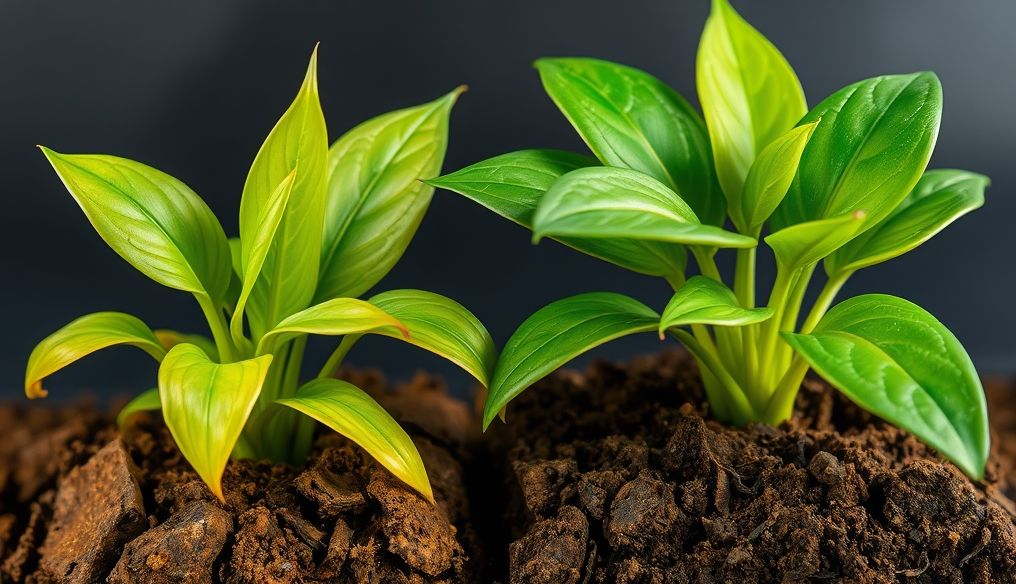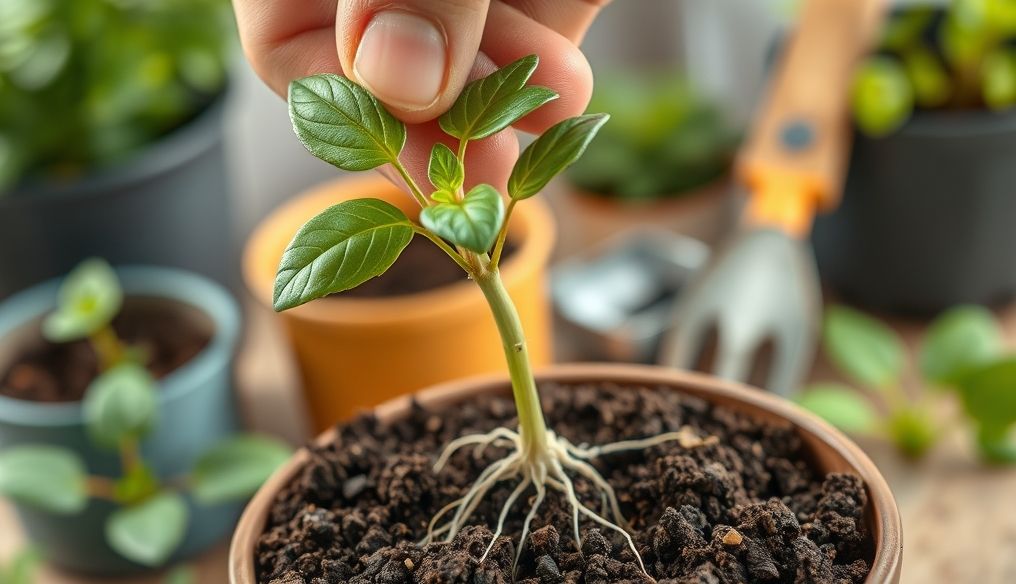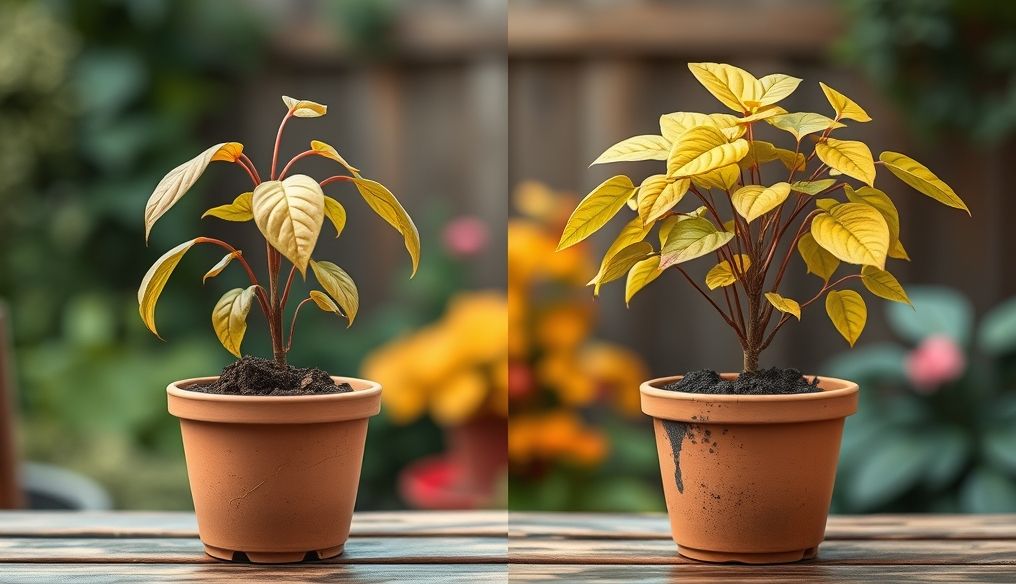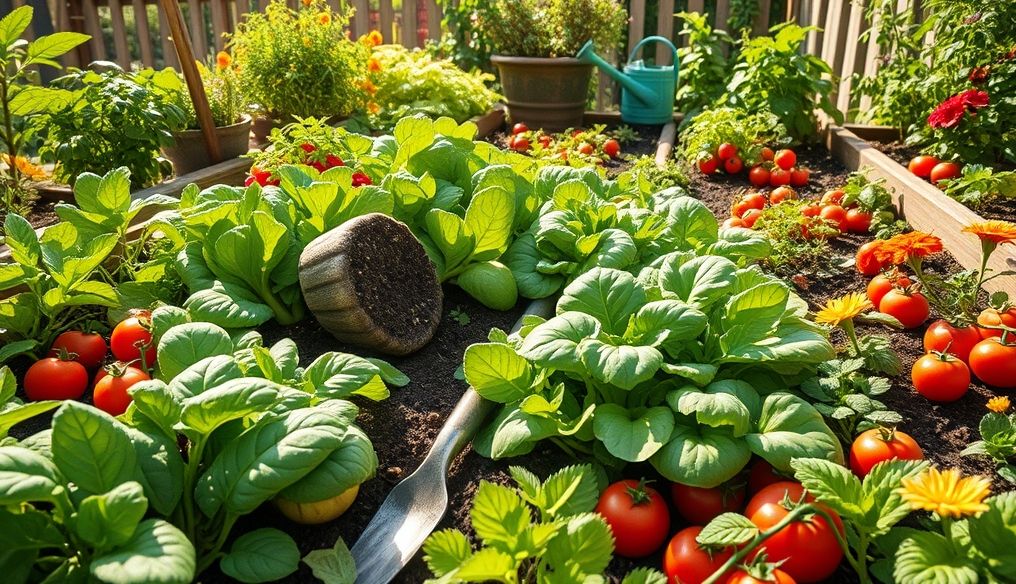What are the best plants for purifying indoor air and how do we care for them?
The air we breathe inside our homes can be more polluted than we think. Chemicals emitted from furniture, paint, and cleaning products can negatively affect our health. Fortunately, there is a natural and beautiful solution: houseplants. Some plants have the ability to absorb pollutants and purify the air, making them a valuable addition to any home.
Why should we care about purifying indoor air?
Indoor air quality directly affects our health and comfort. Pollutants in the air can cause symptoms such as headaches, fatigue, eye, nose, and throat irritation. In more serious cases, they can increase the risk of respiratory diseases and allergies. Purifying indoor air helps to:
- Improve sleep quality
- Increase energy levels
- Reduce allergy and asthma symptoms
- Create a healthier and more comfortable environment
Best Plants for Purifying Air
1. Snake Plant (Sansevieria trifasciata)
Also known as "Mother-in-Law's Tongue," it is one of the most effective plants for purifying the air. It is characterized by its ability to absorb carbon dioxide and release oxygen at night, making it ideal for bedrooms. It is also easy to care for and tolerates difficult conditions.
Care: Prefers indirect light and moderate watering. Avoid overwatering.
2. Spider Plant (Chlorophytum comosum)
The spider plant is effective in removing formaldehyde and xylene from the air. It is easy to propagate, producing small plantlets that can be easily grown. It also tolerates a wide range of conditions.
Care: Prefers bright, indirect light and regular watering. Let it dry out slightly between waterings.
3. Pothos (Epipremnum aureum)
Pothos is a climbing plant that is effective in removing a variety of pollutants, including formaldehyde, benzene, and xylene. It is easy to care for and can be grown in hanging pots or on shelves.
Care: Tolerates a wide range of conditions, but prefers medium light and regular watering. Let it dry out slightly between waterings.
4. Peace Lily (Spathiphyllum)
The peace lily is a beautiful plant that blooms with elegant white flowers. In addition to its beauty, it is effective in removing formaldehyde, benzene, trichloroethylene, and ammonia from the air. It is ideal for bathrooms and kitchens.
Care: Prefers low light and regular watering. Keep the soil moist.
5. Aloe Vera (Aloe vera)
Aloe vera is not only an excellent medicinal plant for burns and wounds, but it is also effective in purifying the air. It absorbs formaldehyde and benzene from the air. It is also easy to care for.
Care: Prefers bright light and moderate watering. Let it dry out completely between waterings.
6. Dracaena (Dracaena)
There are different types of Dracaena, and all are effective in removing xylene, toluene, and formaldehyde from the air. Dracaena can be an elegant addition to any room.
Care: Prefers medium light and moderate watering. Avoid overwatering.
7. Ficus benjamina
Also known as the "Weeping Fig," it is a common plant in homes and offices. It is effective in removing formaldehyde, xylene, and toluene from the air.
Care: Prefers bright, indirect light and regular watering. Avoid moving it too much as it is sensitive to changes in the environment.
8. Bamboo Palm (Chamaedorea seifrizii)
The bamboo palm is a small palm plant that is effective in humidifying the air in addition to purifying it. It removes formaldehyde, xylene, and toluene.
Care: Prefers medium light and regular watering. Keep the soil moist.
Tips for Caring for Houseplants
To ensure your houseplants remain healthy and able to purify the air effectively, follow these tips:
- Light: Make sure your plants receive enough light. Most houseplants prefer indirect light.
- Watering: Follow the watering instructions for each type of plant. Avoid overwatering, as it can lead to root rot.
- Soil: Use well-draining soil suitable for houseplants.
- Fertilizing: Fertilize your plants regularly during the growing season (spring and summer).
- Cleaning: Clean the leaves of the plants regularly to remove dust and allow them to absorb light and purify the air effectively.
- Ventilation: Ventilate the room regularly to ensure the flow of fresh air.
Number of Plants Required to Purify Air Effectively
To achieve the best results in air purification, it is recommended to have at least one plant for every 100 square feet of home space. Of course, the more plants, the better.
Conclusion
Adding plants to your home is not only a great way to decorate the space, but also an investment in your health and well-being. By choosing the right plants and following the care tips, you can enjoy cleaner air and a healthier and more comfortable home environment.
